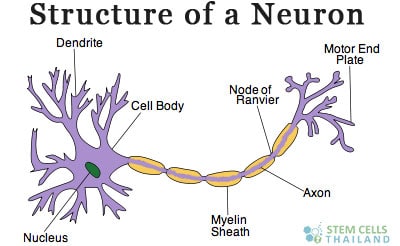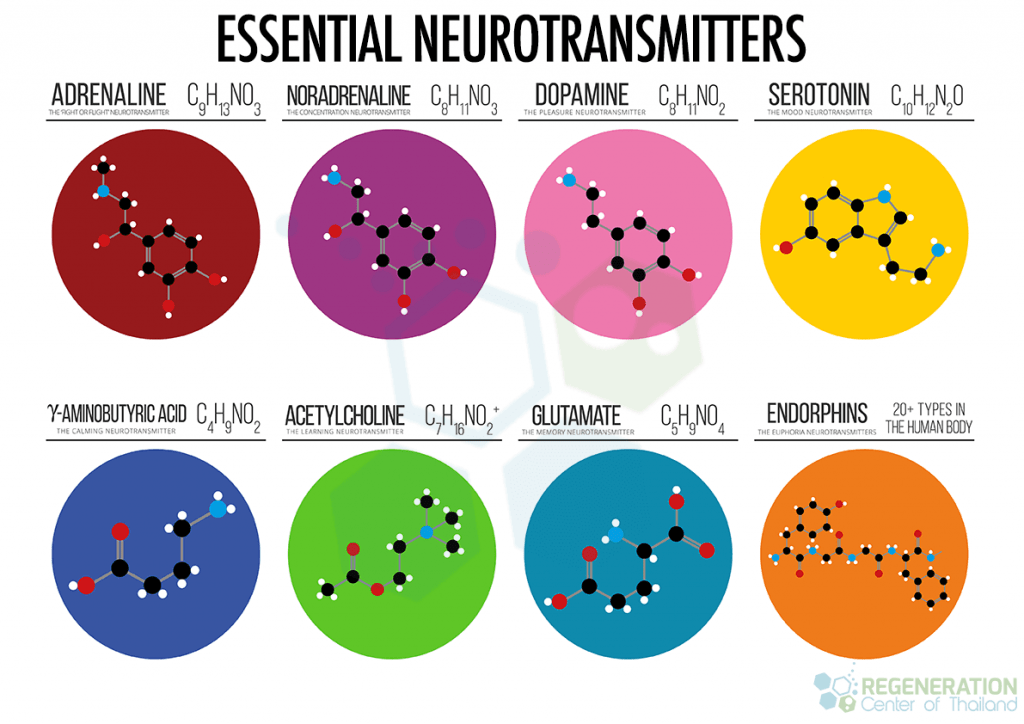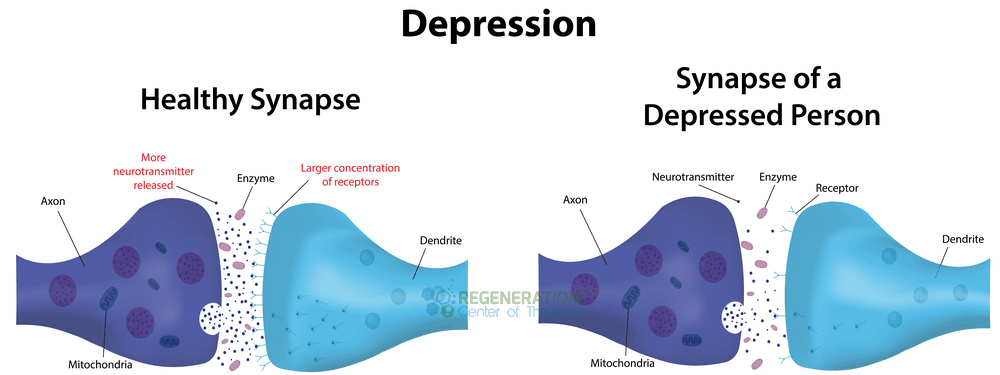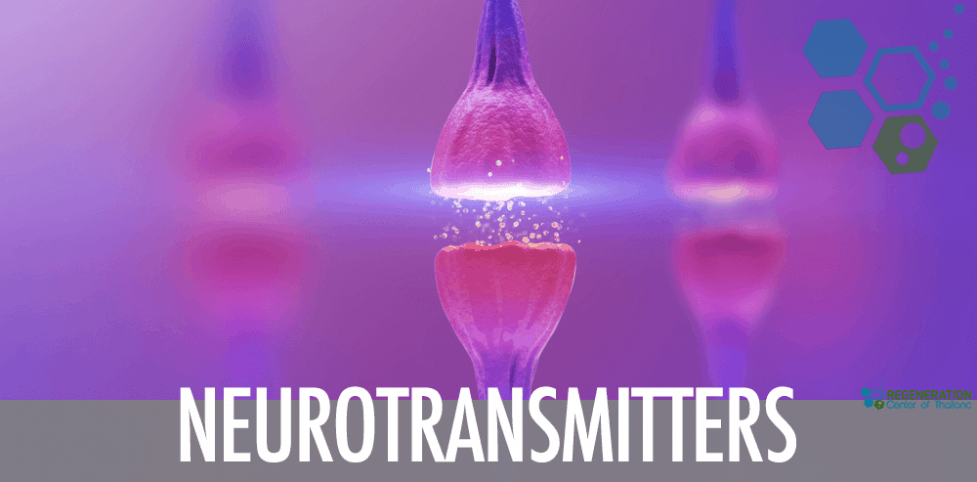Neurons, often referred to as nerve cells, are the primary cells of the nervous system. They are specialized to transmit information throughout the body. Their function is essential for everything from reflexive responses to complex cognitive processes.
Overview of neurons:
- Structure: Cell Body (Soma): Contains the nucleus and other organelles. It’s the main part of the cell where protein synthesis occurs.
Dendrites: Branching projections that act as the primary sites for receiving signals from other neurons.
Axon: A long, slender projection that transmits electrical impulses away from the neuron’s cell body. It can be covered with myelin, which speeds up the transmission of electrical signals.
Synapse: The junction between the axon tip of one neuron and the dendrite or cell body of another. It’s where neurotransmitters are released to transmit signals between neurons. - Neuron Function: Transmission: Neurons transmit information using both electrical (action potentials) and chemical (neurotransmitters) signals.
Integration: Neurons can process and integrate information from multiple sources, determining whether or not to fire an action potential based on the sum of inputs they receive.
Connectivity: Neurons form complex networks, allowing for intricate processing and transmission of information within the nervous system. - Neuron Types: Sensory Neurons (Afferent): Transmit sensory information from tissues and organs into the central nervous system.
Motor Neurons (Efferent): Transmit signals from the central nervous system to the effector cells (like muscles or glands).
Interneurons: Located entirely within the central nervous system and act as a connection between sensory and motor neurons. - Neurotransmitters: These are chemicals that transmit signals from a neuron to a target cell across a synapse. Common examples include dopamine, serotonin, and acetylcholine.
- Plasticity: Neurons can modify their structure and function in response to experiences, a property known as neuroplasticity. This is the basis for learning, memory, and adaptation.
- Support and Nutrition: While neurons are the primary signaling cells, they are supported by glial cells (like astrocytes, microglia, and oligodendrocytes) that provide structural support, insulation, nutrients, and more.
- Neuron Regeneration: Unlike many other cell types, most neurons in mammals have a limited ability to regenerate after damage, especially in the brain. However, certain areas, like the olfactory system and the hippocampus, do exhibit some levels of neurogenesis (formation of new neurons).
- Diseases and Disorders: Neurons can be affected by a variety of diseases, including Alzheimer’s, Parkinson’s, and amyotrophic lateral sclerosis (ALS), among others.
Neurons are fundamental to the function of the nervous system, playing a critical role in processing and transmitting information in both simple and complex organisms. They form the basis for everything from basic reflexes to thought, emotion, and consciousness.
What are Neurotransmitters?
Neurotransmitters are the human body’s chemical messengers. These sensory neuron molecules are used by our central and peripheral nervous system to rapidly send messages between muscles and the brain or from neurons to muscles in the body.
The neuro and Gastrointestinal neurotransmitter communication starts in the synaptic cleft of 2 neuron cells. The neural synaptic gap exists between the synapses of neuron cells. All electrical signals generated by neuron cells travel along the axon and then help convert the electrical signals into chemical signals that help regulate the release of neurotransmitters resulting in a movement or desired response. Neurons are specialized nerve cells like neural cells & somatic motor neurons that are responsible for relaying information via neurotransmitter release. A human brain consists of well over 100 billion neurons. A neuron is the basic building foundation of cognitive function and the human nervous system.[1]
Anatomy of a Neuron – VIDEO
Messages for other cells or between neurons are sent across synapses in the brain. The anatomy of neurons is normally composed of a cell body called the axon and appendages known as dendrites. A dendrite could either be single or in multiple numbers. Traumatic Brain injuries or diseases like Alzheimer’s, ALS and Ataxia are caused when the connections between the neurons are damaged. [2]


Our current research suggests that neural derived stem cells can generate most of the various types of neurons found in the brain and the nervous system. This application is critical in regenerative medical therapies offered at the Regeneration Center. [3]
What is the speed of neural signaling?
So how do we measure brain activity in people? Recent research indicates that the speed of the signals are variable and can range from milliseconds to a few seconds for neural cells to restore and reuse these powerful chemicals resulting in a nearly endless source of rapid communication. A recent speed test of neurotransmitters demonstrated that a healthy myelinated axon creates an action equivalent to the speed of roughly 120 m/s.
What is the function of neurotransmitters and how do they affect neurons?
A neurotransmitter helps to influence neurons in one of 3 ways:
- Inhibitory
- Excitatory
- Modulatory
As the name sounds, inhibitory transmitters prevents the creation of electrical signals while excitatory transmitters help cause the generation of action potentials ( electrical signal ) in the receiving neurons. The ability to attach to other receptors is determined by which pose the neurotransmitter are in.
Neuromodulating neurotransmitters are slightly different in how they function as they are not limited to remaining in synaptic gaps between two ( A + B) neurons and instead can affect very large quantities of neurons in the body to act at once. Neuromodulators help to regulate large populations of neurons and operate much slower than inhibitory & excitatory neurotransmitters.
In the central nervous system, signaling and interconnections are very complex as electric impulses from one neuron to another may come from:
- Axon to dendrite
- Dendrite to dendrite
- Axon to cell body
- Cell body to cell body
Types of Neurotransmitters
There are hundreds of types of neural progenitor cells and neurotransmitters but most are generally categorized as:
- Amino acids & indispensable amino acid – There are over 170 types of Amino acids with 20 types being considered as indispensable to the human body
- Neuropeptides – There are over 100 known types of neuropeptides
- Small amino molecules there are over 15 known small-molecule neurotransmitters , and neuroscientists are still discovering more about these chemical messengers


Important Neurotransmitters
One of the first and most important neurotransmitters found is a molecule named acetylcholine. Acetylcholine is a small molecule but plays a big role in managing the peripheral nervous system (PNS), where it gets used and released by neurons & motor neurons that make up the autonomic nervous system. Acetylcholine also plays an critical role in maintaining cognitive functions in the CNS. Any damage or disease of neurons in the CNS is associated with traumatic brain injuries and neurodegenerative conditions like Motor Neuron Disease,peripheral neuropathy Multiple Sclerosis and Alzheimer’s disease. New research is also being done to use Gene Therapy for treating Neurotransmitter Deficiency.
Can excitatory neurochemicals affect mood & motivation?
The main excitatory transmitter in the CNS is Glutamate and dopamine.Its a known fact that large amounts of the transmitter glutamate are released during a brain stroke. The main inhibitory neurotransmitters are derivative γ-aminobutyric acid (GABA) but other inhibitory neurotransmitters known as glycine are found in the spinal cord and usually damaged during spinal cord injuries. Low levels of dopamine in the body are linked to Parkinson’s disease while high levels of dopamine can result in schizophrenia.


Some Neurotransmitters that are found in the sympathetic nervous system are norepinephrine or Noradrenaline. These transmitters are responsible for the continued activity of organs in the human body to better control things like heart rate, blood pressure and liver function. The sympathetic nervous system is responsible for our “fight or flight responses”
Histamine is another type of monoamines and plays a very important role in neurogenesis and helping to regulate our body metabolism, temperature, helping to regulating interactions between hormones, and controlling our sleep-wake cycle which boots circulating stem cells.
Are there neurotransmitters in the gut?
Neurons that use the (monoamine) serotonin (another) helps to regulate several parts of the nervous system. Serotonin is crucial in functions such as memory, sleep, mood and appetite. These Neurotransmitters are also produced in our gastrointestinal tract. As medical science has recently learned, that peripheral produced serotonin (or dysfunction in producing these types of transmitters) has been linked to several diseases such as crohn’s, irritable bowel syndrome, cardiovascular heart disease, osteoporosis and osteoarthritis.
With each new clinical trial and passing year biologists and neuroscientists are discovering more and more about cell signaling and important chemical messengers that are critical in the proper function of the gut-brain axis that regulates overall bodily function.
To learn more about functional healthcare,stem cell treatments,the missing link, neurons and function of neurotransmitters please contact us today.
Published Clinical Citations
[1] ^ Mahasup, Namfon, Paskorn Sritipsukho, Raweewan Lekskulchai, and Tippawan Hansakunachai. 2012. Effects of mirror neurons stimulation on motor skill rehabilitation in children with cerebral palsy: a clinical trial. Journal of the Medical Association of Thailand = Chotmaihet thangphaet. https://www.ncbi.nlm.nih.gov/pubmed/23964461
[2] ^ Tornero, Daniel, Somsak Wattananit, Marita Grønning Madsen, Philipp Koch, James Wood, Jemal Tatarishvili, Yutaka Mine, et al. 2013. Human induced pluripotent stem cell-derived cortical neurons integrate in stroke-injured cortex and improve functional recovery. Brain : a journal of neurology, no. Pt 12 (October 21). doi:10.1093/brain/awt278. https://www.ncbi.nlm.nih.gov/pubmed/24148272
[3] ^ Yan, Yiping, Soojung Shin, Balendu Shekhar Jha, Qiuyue Liu, Jianting Sheng, Fuhai Li, Ming Zhan, et al. 2013. Efficient and rapid derivation of primitive neural stem cells and generation of brain subtype neurons from human pluripotent stem cells. Stem cells translational medicine, no. 11 (October 10). doi:10.5966/sctm.2013-0080. https://www.ncbi.nlm.nih.gov/pubmed/24113065

